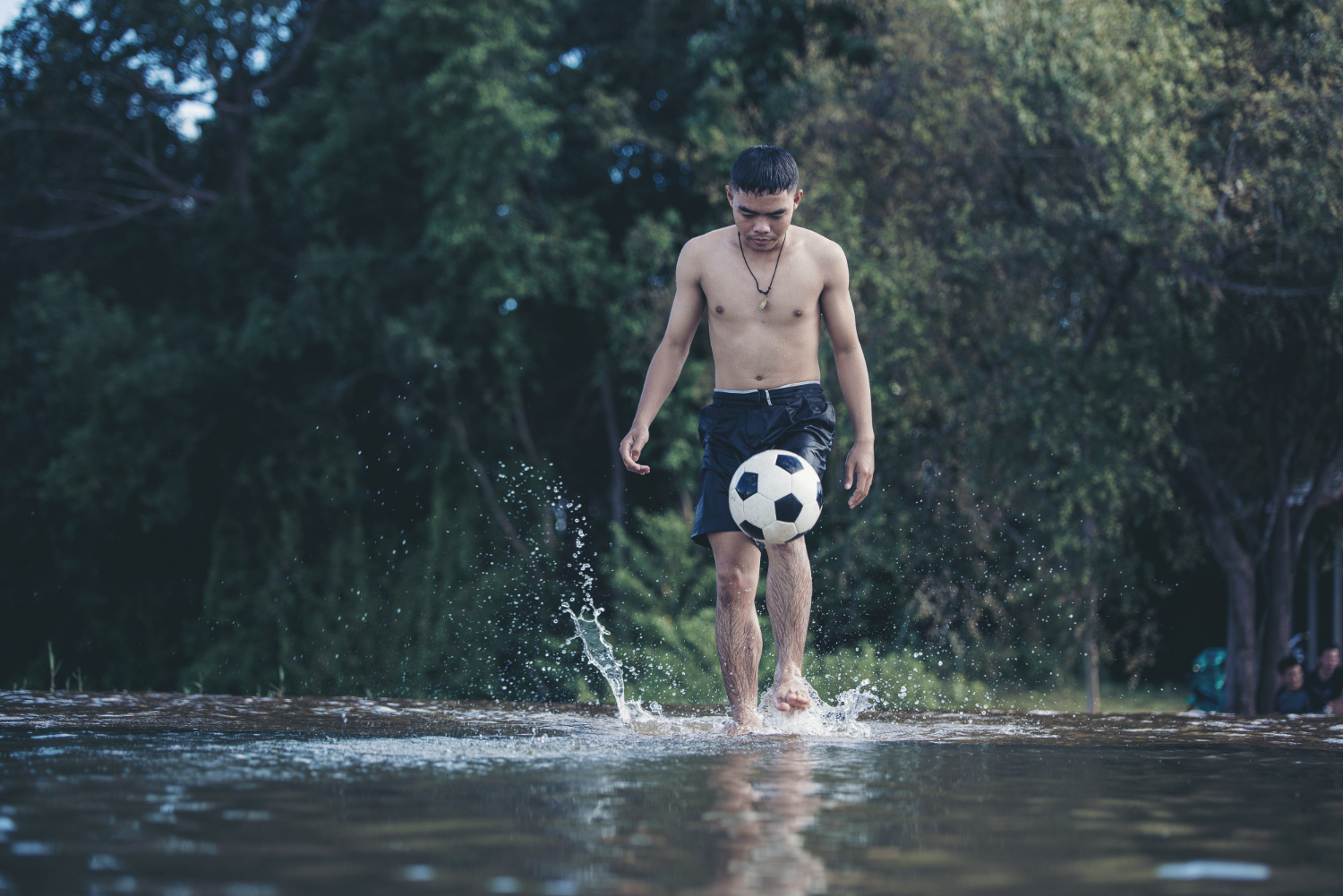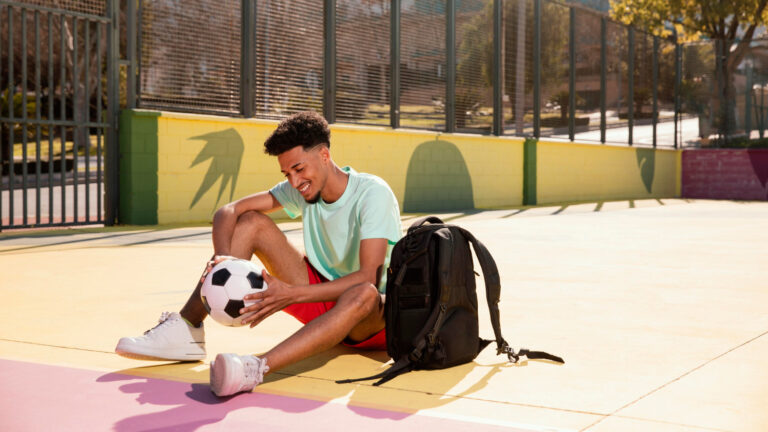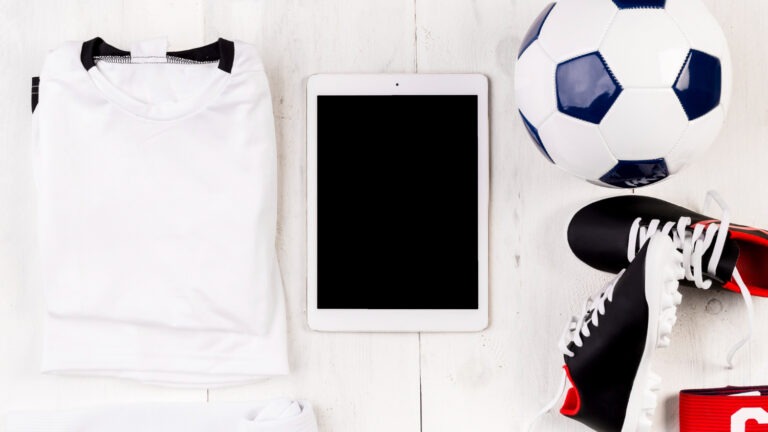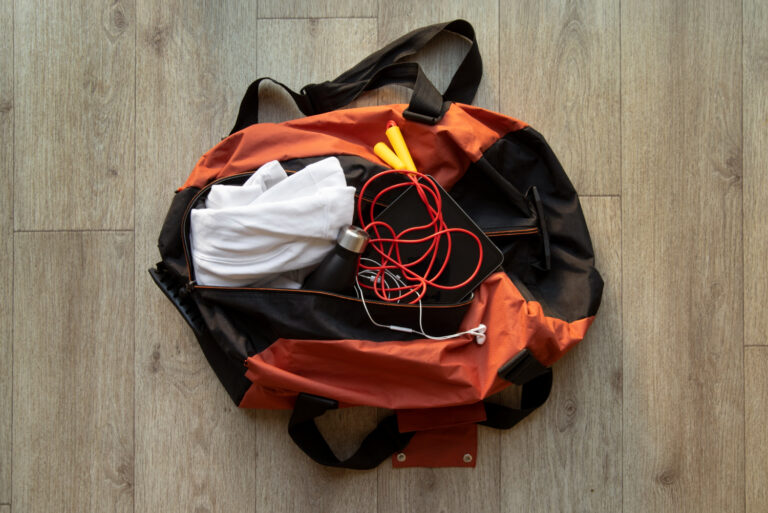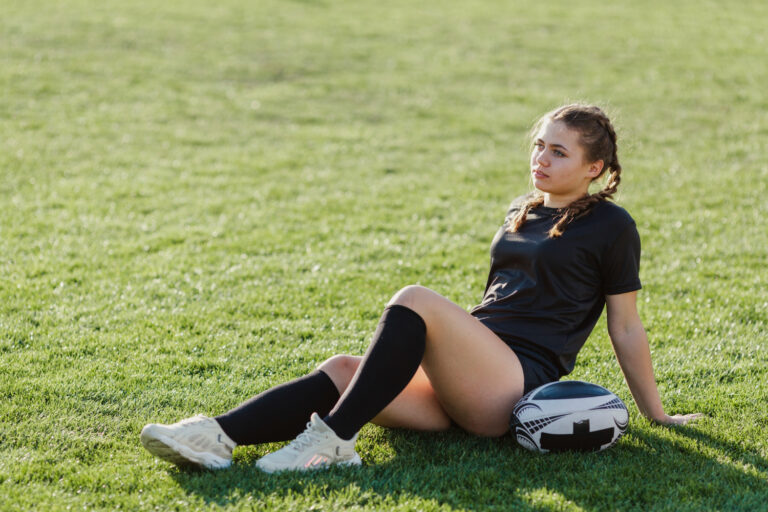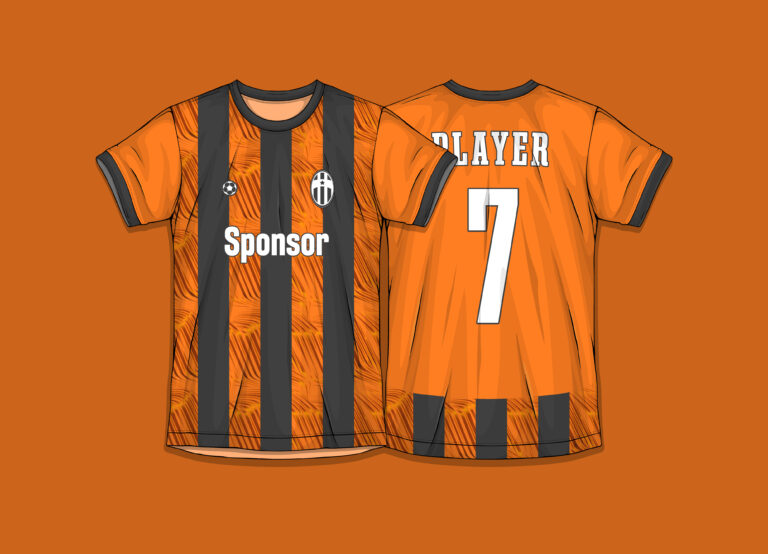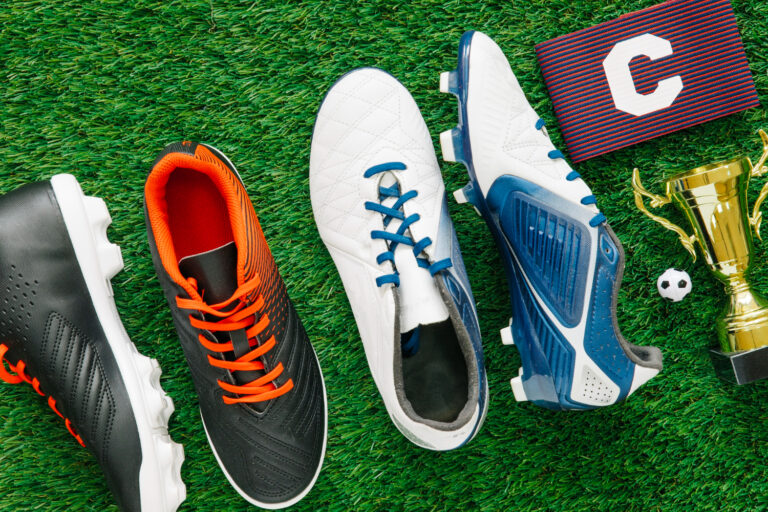Rainy Match? Here’s What to Wear
Rainy weather can be a footballer’s worst enemy or their greatest equalizer. While a downpour can test your technique, it also tests your preparation. I’ve had my fair share of matches in relentless drizzle, unexpected cloudbursts, and torrential monsoons that turned the pitch into a swamp. And over time, I’ve learned one critical truth: what you wear makes or breaks your performance.
This guide isn’t about fashion statements or brand loyalty. It’s about comfort, traction, and keeping your edge when the weather turns. So if you’re headed into a rainy fixture or just trying to be ready for whatever the sky throws at you, here’s exactly what to wear to keep your game sharp and your spirits high.
Lightweight, Waterproof Jackets That Don’t Hold You Back
Wearing a jacket during a match might sound counterintuitive, but in warm-up routines, sideline moments, or post-match cooldowns, a lightweight waterproof jacket is a lifesaver. You don’t want something bulky or restrictive, those will weigh you down and trap heat. I look for jackets with ventilation zippers, a mesh lining, and adjustable cuffs. The material should repel water while still allowing some breathability.
One detail that goes a long way is the hood design. A built-in cap brim or adjustable drawstrings can keep rain from pouring into your eyes. Some brands offer athletic cuts that fit closer to the body to reduce flapping in the wind, which is more important than you’d think on stormy match days.
If you’re on the bench or coaching, a waterproof outer layer is non-negotiable. Staying dry keeps your muscles warm and responsive and prevents injuries caused by cold, tight muscles.
Moisture-Wicking Base Layers
Your base layer is the most underrated piece of gear when playing in the rain. Cotton? Forget it. It soaks up water and sticks to your skin like a wet towel. The goal here is to keep your skin dry, regulate body temperature, and reduce chafing.
I swear by synthetic fabrics like polyester blends or merino wool when the temperature drops. These materials wick moisture away from your skin and dry fast, which helps you stay warm without overheating. Compression base layers are especially useful. They support muscle performance and prevent your kit from clinging uncomfortably when wet.
Choose long sleeves in cold rain or short sleeves if it’s warmer but still wet. Some players prefer layering up with compression tights under their shorts for extra warmth and coverage, especially useful when sliding on wet turf.
Quick-Dry Jerseys with Minimal Seams
You don’t always have a choice in team jerseys, but when you do, opt for high-performance fabrics that dry quickly. Jerseys made with mesh panels or ventilated underarms perform better in rainy conditions than old-school heavy cotton.
The fewer seams and stitched panels a jersey has, the better. Less stitching means fewer places for water to pool or friction to form. I’ve worn shirts that acted like a sponge, doubling in weight halfway through a game. It’s miserable. On the other hand, a modern polyester kit will cling less, breathe better, and allow for more freedom in motion, even under a steady downpour.
Also, consider jersey color. Dark colors tend to hide the wet look better, while lighter colors sometimes go sheer when drenched, not ideal, especially in coed games.
Grip-Enhanced Gloves (For Field Players Too)
Goalkeepers aren’t the only ones who benefit from gloves. In rainy matches, field players often opt for lightweight gloves that provide added warmth and improved grip for throw-ins. I used to think gloves were just for style until I played a game where my numb fingers couldn’t even get decent spin on the ball during a throw-in.
You want gloves with siliconized palms or tacky materials that help keep hold of the ball, even when slick. Make sure they’re form-fitting, not bulky, and breathable. You’ll want to avoid wool gloves or anything fuzzy, they absorb water fast and lose insulation.
Some gloves also feature touchscreen capabilities, which isn’t useful mid-game but great for halftime adjustments, music, or texting a friend to update the score.
Socks That Can Handle Waterlogged Conditions
Socks are the silent heroes of rainy matches. Wet feet lead to blisters, slipping in your boots, and eventually losing focus entirely. That’s why I always go for double-layered socks or anti-blister socks with moisture management tech.
Merino wool-blend socks do wonders, they’re warm, even when wet, and naturally antibacterial, so your feet stay fresher longer. Look for arch support and a snug fit, which helps prevent the sock from bunching inside your boot.
Some players double up their socks, especially in youth or amateur leagues where the pitch turns to mud. I don’t always go that route, but if you do, make sure the fit inside your boot isn’t too tight. Circulation matters.
Boots with the Right Stud Configuration
This might be the most important gear choice of all. Your boot selection in the rain can directly impact how well you perform, or how often you end up on the ground.
Firm ground (FG) boots may work on slightly damp grass but become dangerous on soaked pitches. For rainy games on natural grass, soft ground (SG) boots with metal studs provide the best traction. These dig deeper into the slippery surface and give you the grip you need for sudden direction changes or sprint stops.
I recommend detachable studs so you can customize length based on how soft the pitch has become. Avoid artificial grass (AG) boots on wet grass, they offer less bite and more slip. For synthetic surfaces, turf shoes (TF) with rubber studs are usually better than firm ground cleats. They provide more grip and a lower profile, helping you move smoothly without getting bogged down by mud or puddles.
A Durable, Wide Brim Cap or Headband
It might not be part of your regular kit, but I always keep a cap in my bag for rainy match days. Vision is everything in football, and when rain starts blurring your view, even the most basic headwear can be a game-changer.
A wide brim cap keeps the water out of your eyes and helps maintain peripheral vision. Look for caps made from waterproof or water-resistant materials that won’t sag under pressure. Make sure they fit snugly, wind and rain make loose caps a liability.
Headbands are another option. They won’t block rain, but they do help channel it away from your face while keeping long hair in check. You’ll often see pro players use both depending on hairstyle and preference.
Optional but Useful: Rain-Resistant Training Pants
For training sessions, warm-ups, or bench time, water-resistant training pants make a huge difference. These aren’t meant to be worn during full matches, but they’re ideal for pre-game rituals or when you’re a sub waiting to come on.
I go for tapered, zip-ankle designs with zippered pockets. That way, I can easily take them off when it’s time to play and keep essentials like shin guard sleeves or lip balm safe and dry. Ventilation zips also help keep your temperature regulated while still protecting you from cold wind and rain.
Some pants have DWR (durable water-repellent) coatings, which cause rain to bead and roll off instead of soaking in. That makes drying them post-game a lot easier.
A Change of Clothes and a Dry Towel
Let’s not pretend the rain ends at the whistle. One of the smartest habits I’ve picked up is always packing a full set of dry clothes, shirt, shorts, socks, underwear, even a hoodie. Playing in the rain is fine; sitting in wet gear afterward is where the misery kicks in.
I also bring a microfiber towel. It’s lightweight, absorbs water like a sponge, and dries faster than cotton. Whether it’s wiping down before hopping in the car or giving your boots a quick once-over, it’s a simple item that makes a huge difference.
Sometimes I’ll throw in flip-flops or slide sandals too. After removing waterlogged boots and socks, your feet will thank you.
Sealing It All with the Right Mindset
No piece of gear replaces mentality. If you hate playing in the rain, every drop will feel like an obstacle. But if you treat it like an extra opponent to overcome, rainy match days become some of the most memorable you’ll ever have.
I’ve played some of my best games in the rain. The slide tackles are more epic, the celebrations more raw, and the moments more intense. Being dressed properly lets you embrace it instead of endure it.
Conclusion
Rain doesn’t have to ruin your game, it can enhance it. Preparation is everything. The right jacket keeps you warm; the right boots keep you upright. From the studs under your feet to the cap on your head, your gear should work with the weather, not against it.
So next time the clouds gather and the match isn’t canceled, don’t flinch. Lace up the right boots, throw on that compression layer, and meet the rain like a player ready to dominate. Because when you’re dressed for the challenge, even the storm starts playing on your side.
Let it pour.

